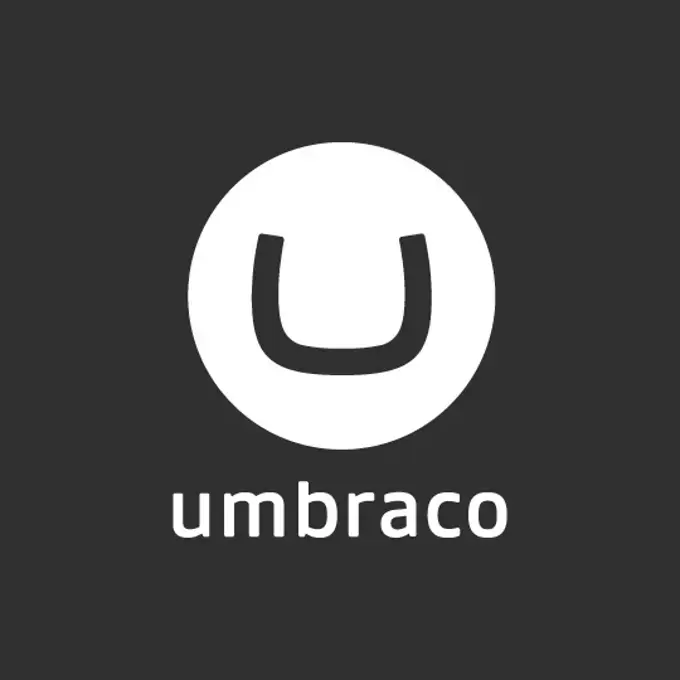Evaluating Marketing Automation Software Options: A Checklist
Allison Casey Digital Marketing Director, Partner#Digital Marketing

What should you look for when choosing Marketing Automation software? Use our helpful checklist to evaluate your options.
With so many marketing automation platforms on the market, it can be overwhelming to figure out which one can help you be more efficient and effective in executing your digital marketing strategy. To make the right decision on which software to invest in, you first need to make sure your business goals are defined. From there, the right decision involves understanding your options and how the technology can help you reach those goals.
What We Look For
When we help our clients evaluate the options for Marketing Automation Platforms (MAPs), we take into account both features and functionality and help them understand what additional costs might be incurred when implementing the software. We specifically focus on:
- The ability of the software to meet the client’s Inbound Marketing goals/objectives
- Features and functionality of the platform
- Company stability, existing customer base, and pricing
- Social influence of software as measured by validated review websites
What Features Do You Need?
While most top tier solutions have comparable features, these features can differ in terms of “out of the box” functionality versus additional programming needed, usability, and technical requirements. Here’s a handy overview of key areas to keep in mind when evaluating marketing automation software:
Web-to-Lead forms: Are the forms natively responsive, meaning no additional programming/development work is necessary to make this essential tactic of inbound marketing accessible across all screen sizes?
Progressive profiling: Does the software offer forms with smart content fields and profiling functionality so that forms can be customized to the buyer’s journey?
Call-to-Action compatibility with a CMS: Does the software allow for CTAs to be created and utilized directly within the existing site structure as defined by the CMS?
Usability: Marketing automation is inherently complex. As such, the software’s user interface is extremely important, as it will determine how much value your team extracts from the tool.
Integrations with existing software: Does the MAP integrate with an existing CMS, CRM, and other vital technologies?
Email capabilities: While all marketing automation tools enable email marketing in some capacity, some are better than others, offering advanced demographic segmentation, personalization of subject line and email content, and A/B testing.
Content capabilities: What type of content can be created through the MAP, and can it be personalized Are personalization options native to the software or an add-on? Can content and campaigns be Persona-defined and reported on?
Social Media capabilities: What social channels can be integrated with the software? Is social media monitoring available? How easy is it to publish to social channels, and what type of reporting is available for social promotions?
Unified data tracking/reporting/analytics: How robust is the analytics engine and reporting tools to ensure the unification of the data across email marketing, social media publishing, CRM integration, and web analytics tracking?
Training & support: Is training available to help understand how to use all the features and options of the platform? How effective are the support services for the software?
Pricing: Most marketing automation tools are priced on a sliding scale. Some software requires multiple tools to provide a complete automation package. We look for simplicity in pricing with no surprises for scalability.
Of course, deciding on a marketing automation platform is just one piece of the puzzle. Making sure you have a solid marketing strategy means that the software will actually get used and not just be a liability on your bottom line. We are proponents of Inbound Marketing as a highly effective strategy to build your website traffic, convert traffic to leads, and delight your customers. If you want to know more about how we can help you implement inbound marketing, sign up for a free Marketing Strategy Assessment, or feel free to share any questions you might have in the comments below.
Related Posts

What is Umbraco CMS?
Migrating your content management system? Why not consider Umbraco? Learn about this .NET CMS, pricing and why it's the right choice for your organization.

Why You Need an SEO Content Audit in your Migration Plan
Diagram's Allison Casey spills all her insider SEO tips on migrating your content the right way.
Results Matter.
We design creative digital solutions that grow your business, strengthen your brand and engage your audience. Our team blends creativity with insights, analytics and technology to deliver beauty, function, accessibility and most of all, ROI. Do you have a project you want to discuss?
Like what you read?
Subscribe to our blog "Diagram Views" for the latest trends in web design, inbound marketing and mobile strategy.
